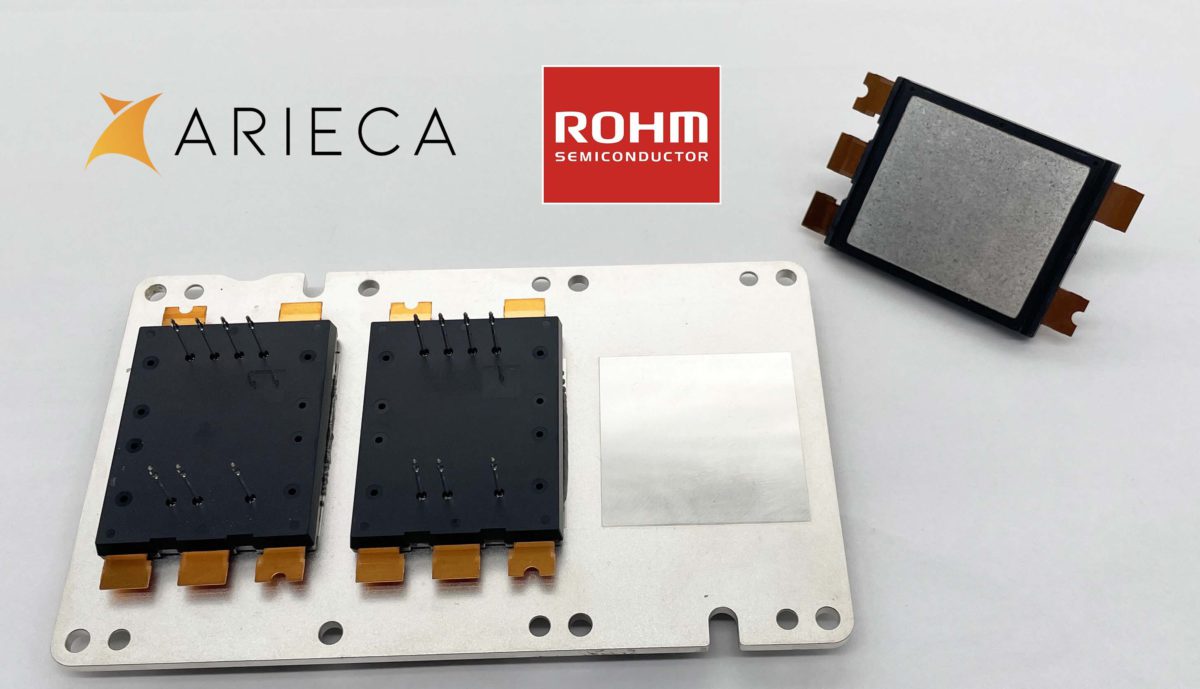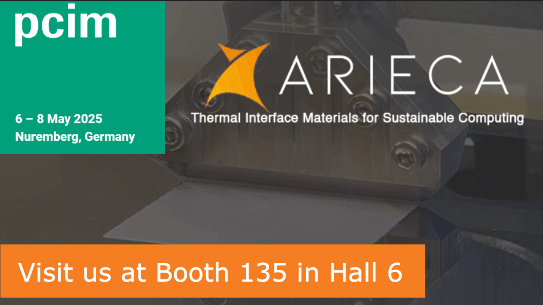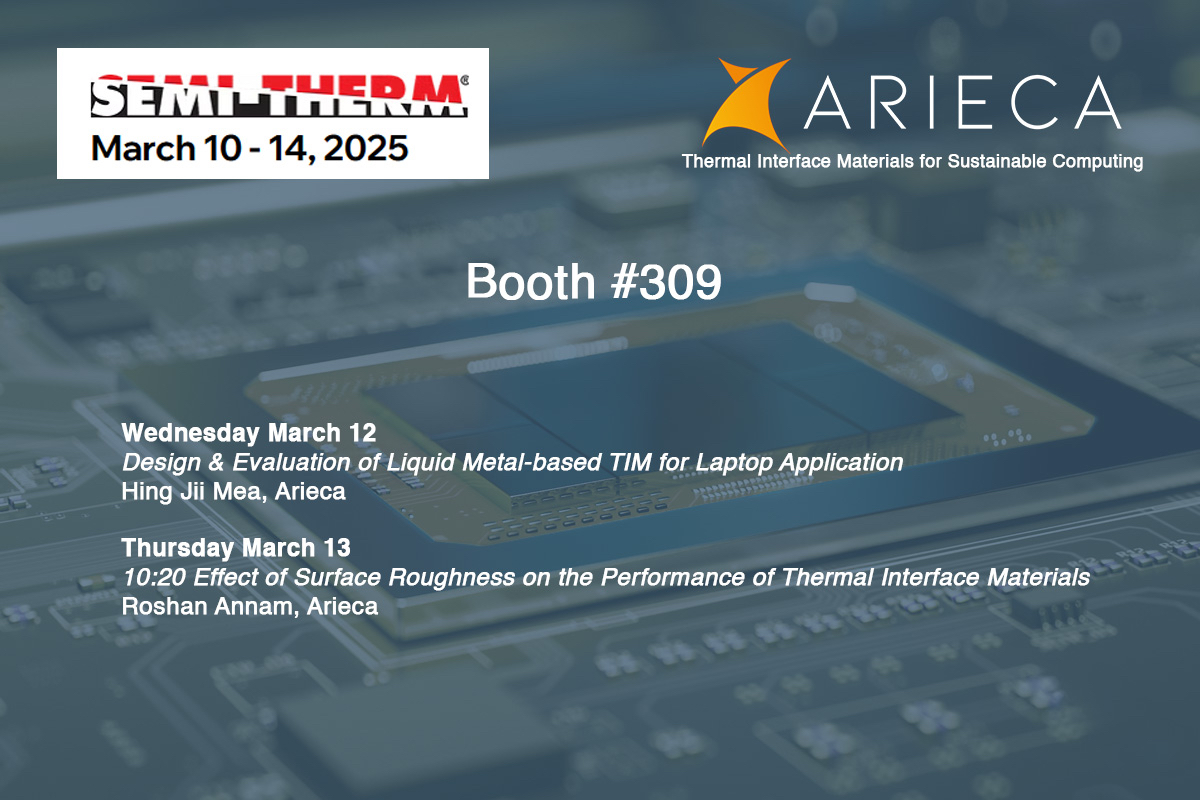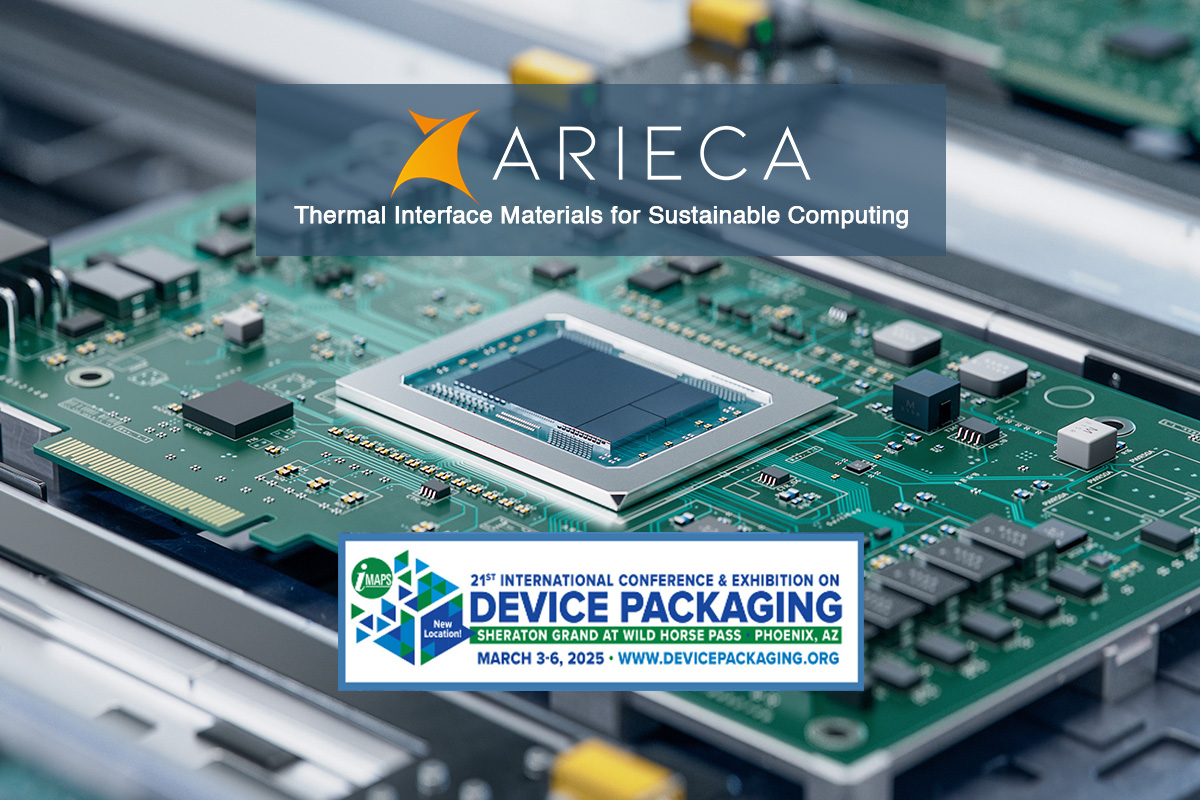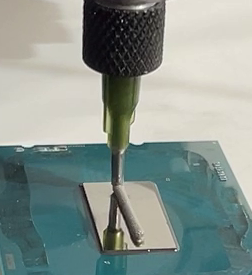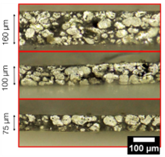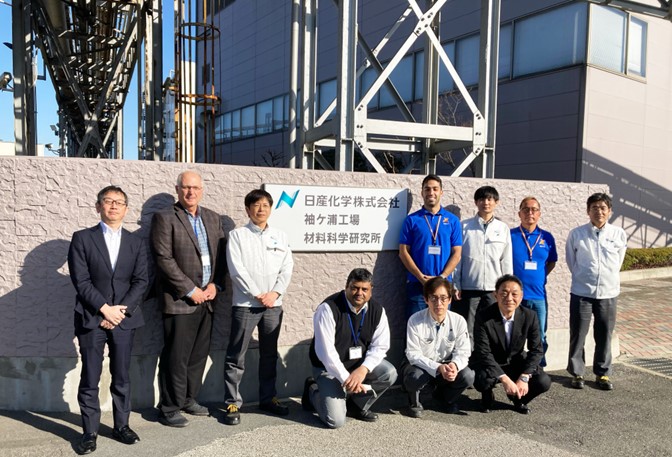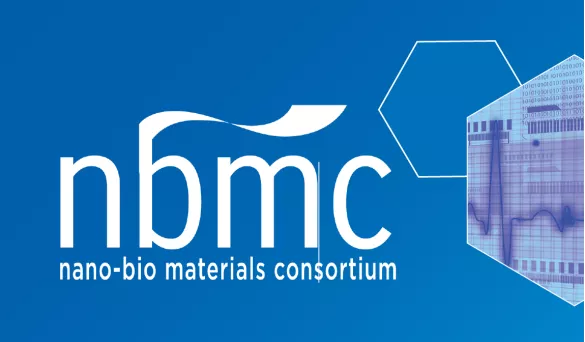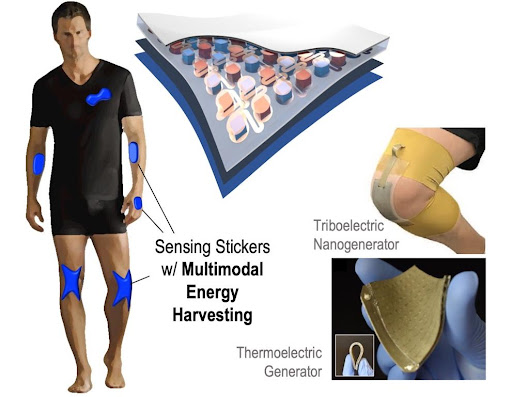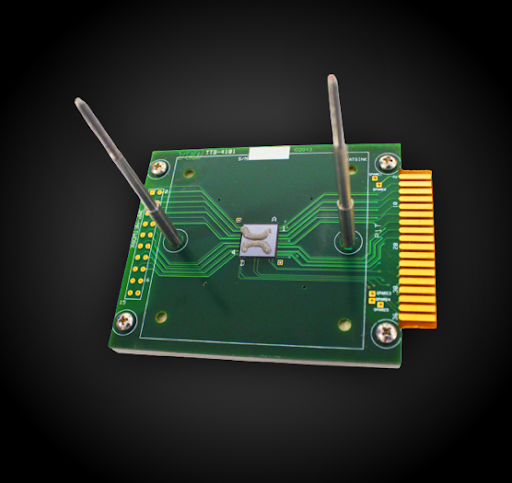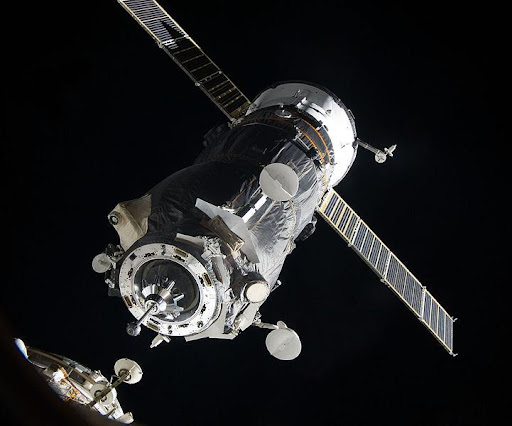Arieca and ROHM Jointly Develop Reference Design Utilizing Innovative Thermal Interface Material for Efficient SiC MOSFET Cooling
Solution delivers efficient, simplified, and cost-effective bonding to heat sink
PITTSBURGH, PA. ─ April 22, 2025 – Today, Arieca announced a high-performance reference design using Arieca’s ALT Series Liquid Metal Embedded Elastomer (LMEE) to bond ROHM Semiconductor’s cutting-edge SiC molded TRCDRIVE pack™ power modules to a heat sink, enabling a simplified and cost-effective cooling solution for electric vehicle (EV) powertrains in the industry’s most compact form factor.
Driven by the need to decarbonize our transportation infrastructure, the automotive industry has been developing more efficient electric vehicle powertrains that rely on SiC power inverters to deliver more power in a smaller footprint. Delivering such high power in compact electronics has led to challenges in dissipating large amounts of heat to keep the vehicle functioning optimally. Typically, power inverters are bonded to heat sinks using thermal interface materials (TIMs) such as sintered silver or solders that present reliability issues and are expensive to implement, or thermal sheets with inferior thermal properties.
Arieca has solved this challenge by embedding liquid metal droplets into a stretchy and adhesive elastomer to create TIMs that deliver ultra-low thermal resistance, high reliability, and compatibility with standard high volume dispense, compress, and heat processes without pre-treatments or surface metallization. The liquid metal droplets can deform within the elastomer material, allowing Arieca TIMs to stretch and flex while maintaining thermal performance under tension and warpage from the bending that occurs during reliability testing, such as thermal shock testing. Additionally, the encapsulated metal droplets are not susceptible to oxidation during high humidity and temperature stress testing.
To enable the next generation of EV’s to be assembled with high efficiency and long-term reliability, Arieca and ROHM have built upon their joint development agreement to demonstrate a reference design bonding ROHM’s TRCDRIVE pack™ power modules – that deliver up to 300 kW and an industry-leading power density – to a heat sink using Arieca’s ALT LMEE.
“We are pleased that our joint development agreement has resulted in a reference design that demonstrates state-of-the-art performance and significant benefits to our customers,” said Ken Nakahara, Group General Manager, Research & Development Center at ROHM. “Arieca’s LMEEs integrate easily into our production lines, allowing us to efficiently bond multiple TRCDRIVE pack™ modules to their cooling system with higher reliability and in a more cost-effective way than the alternative TIMs. We look forward to continuing to develop our high-power density inverters aimed at miniaturization and efficiency of EVs while collaborating with Arieca on bonding materials that can continue to meet the industry’s ever-growing thermal challenges.”
“Arieca recognizes that an efficient, reliable thermal interface between high power electronics and cooling systems is integral for the continued development of SiC power modules for EVs” said Navid Kazem, CEO of Arieca. “We are very excited to combine our innovative materials solutions with ROHM’s extensive industry knowledge and disruptive product line-up to help the automotive industry meet the global decarbonization roadmap.”
The reference design will be demonstrated in Arieca’s booth #135 in hall 6 at this year’s PCIM Expo & Conference in Nuremberg, Germany from May 6-8, 2025. To make an appointment with the Arieca team at the show, send an email to partner@arieca.com.
About ROHM Co., LTd.
ROHM, a leading semiconductor and electronic component manufacturer, was established in 1958. From the automotive and industrial equipment markets to the consumer and communication sectors, ROHM supplies ICs, discretes, and electronic components featuring superior quality and reliability through a global sales and development network. ROHM’s strengths in the analog and power markets allow us to propose optimized solutions for entire systems that combine peripheral components (i.e. transistors, diodes, resistors) with the latest SiC power devices as well as drive ICs that maximize their performance.
TRCDRIVE pack™ is a trademark or registered trademark of ROHM Co., Ltd.
To learn more about ROHM, visit www.rohm.com
On LinkedIn: www.linkedin.com/company/rohm-co.-ltd./
Press Contact:
Email: info@arieca.co

